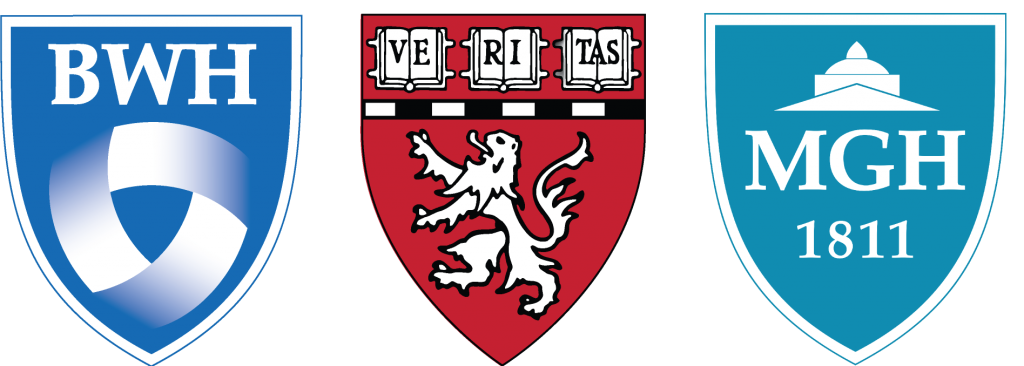Myelin-oligodendrocyte-glycoprotein (MOG) antibody associated diseases (MOG-AAD)
Demyelinating disorders in children: Acute demyelinating syndromes (ADS) in children includes a broad spectrum of clinical presentations including optic neuritis (ON), transverse myelitis (TM), clinically-isolated syndromes (CIS), acute disseminated encephalomyelitis (ADEM) and relapsing forms such as neuromyelitis optica spectrum disorder (NMOSD) or multiple sclerosis (MS).
MOG antibody associated diseases: Myelin-oligodendrocyte-glycoprotein (MOG) antibodies (abs) can be found in the serum in up to one third of all children almost all forms of demyelinating disorders but are found in particular in children with ADEM, NMOSD in the absence of AQP4 abs, recurrent isolated or bilateral ON and in selected patients who do not fit one of the mentioned disease categories.
Children can have widespread involvement of primarily the white matter structures affecting many different areas of the central nervous system including the myelon. Several studies have demonstrated that age of the affected child influences the clinical presentation. Young children have more often the clinical picture of ADEM and adolescents have an inflammation of the optic nerves. Adults may present with transverse myelitis or neuromyelitis optica.
Importantly, studies showed that in children who subsequently develop MS only rarely have MOG abs in serum and if present initially MOG abs do disappear in the course of the disease.
The precise role of MOG abs is unclear and research suggests that the integrity of the myelin sheath is affected leading to a transient functional impairment of nerve conduction in the affected areas. The presence of MOG antibodies can affect diagnosis, treatment choices and prognosis.
MOG antibody testing: If the diagnosis MOG-spectrum disease is suspected in a child the investigation of choice is a live cell-based assay ideally performed a specialized laboratory. Different techniques are used to determine the level of MOG- abs in serum, which every laboratory has to specify in their reports. In a patient with positive MOG antibodies at a first attack, repeat testing every 6-12 months may be considered, and some studies have shown a correlation of persistent positive antibodies with further attacks.
Labs which perform MOG live cell-based assay:
Treatments:
Acute treatments: Most children who do present with inflammatory – demyelinating episode associated with MOG abs respond well to high-dose intravenous steroids given for three consecutive days followed by a tapering regime over the following three to four weeks. Children who do have persistent high MOG abs in serum appear to have a higher risk of a relapse. Children with relapses of ON, ADEM, NMOSD seem to benefit in particular from IVIG. In contrast to children with NMOSD and AQP4 or MS the long-term prognosis in children with MOG appears to be better.
Preventative treatments: Approximately 50% of children with MOG-AAD will have a relapsing course. There are no FDA or EMA approved treatments to prevent relapses for patients with MOG-AAD. However, commonly used preventative treatments are: – Mycophenolate mofetil (Cellcept, Myfortic) – a pill given twice a day – Rituximab (Rituxan) intravenous infusions – given approximately every 6 months. Dosing may be tailored to B cell counts. – Intravenous immunoglobulin (IVIG)

